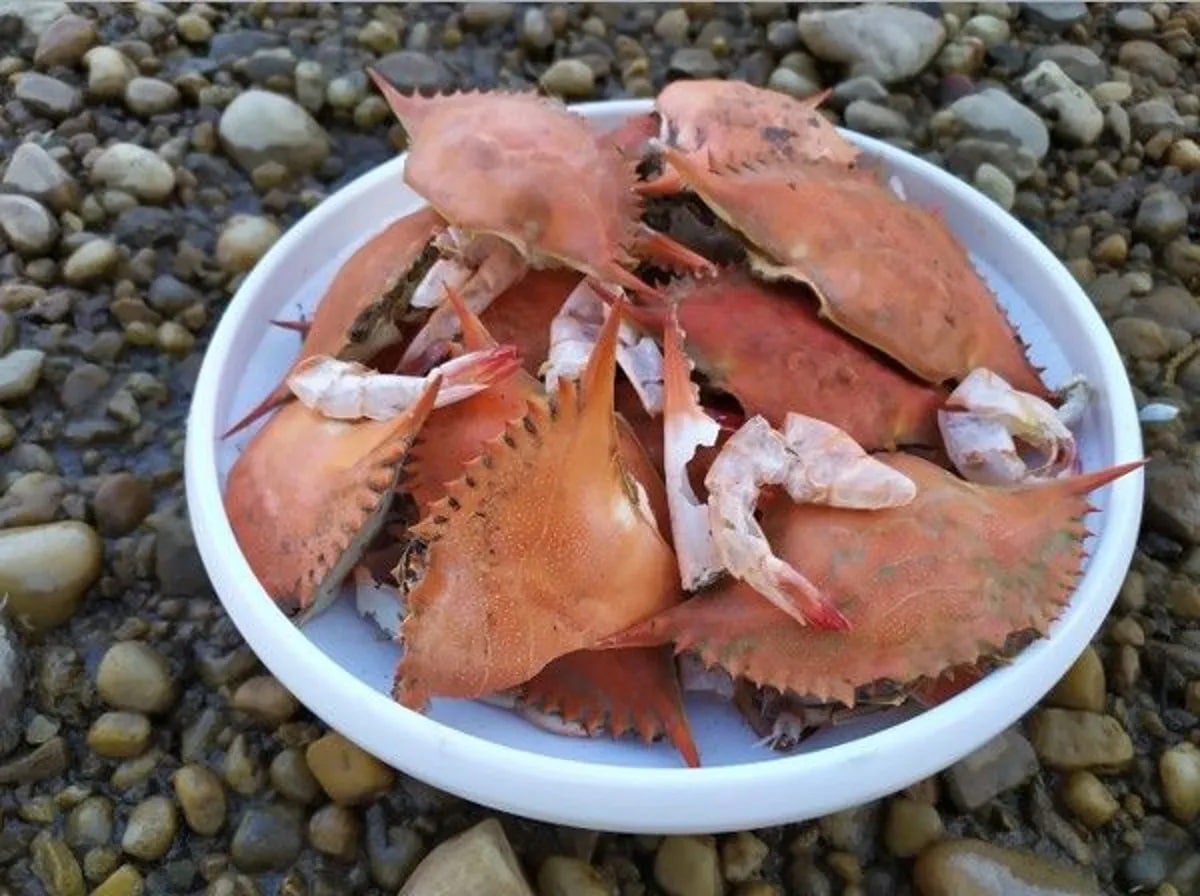
The rising demand for renewable energy and electric vehicles is sparking a high demand for batteries that store generated energy and power engines. However, until now, the batteries behind these sustainability solutions aren’t always sustainable themselves.
Now, researchers at the University of Maryland’s Center for Materials Innovation have developed a zinc battery with a biodegradable electrolyte from an unexpected source – crab shells. This new battery could store power from large-scale wind and solar sources.
“Vast quantities of batteries are being produced and consumed, raising the possibility of environmental problems,” says the lead author of the paper Liangbing Hu, director of the University of Maryland’s Center for Materials Innovation. “For example, polypropylene and polycarbonate separators, which are widely used in Lithium-ion batteries, take hundreds or thousands of years to degrade and add to the environmental burden.”
The new gel electrolyte is made from a biological material called chitosan, a derivative product of Chitin found abundantly in crab shells. The Chitin has a lot of sources, including the cell walls of fungi, the exoskeletons of crustaceans, and squid pens. The most abundant source of chitosan is the exoskeleton of crustaceans, including crabs, shrimps, and lobsters, which can be easily obtained from seafood waste.
Since chitosan electrolyte is biodegradable, two third of the battery will be degraded naturally without leaving any harmful products. The battery could be broken down completely by microbes within five months. This leaves behind the metal component, in this case, zinc, rather than lead or lithium, which could be recycled.
“Zinc is more abundant in earth’s crust than lithium,” says Liangbing Hu. “Generally speaking, well-developed zinc batteries are cheaper and safer.”
This zinc and chitosan battery has an energy efficiency of 99.7% after 1000 battery cycles, making it a viable option for storing energy generated from wind and solar energy for transfer to the power grid.
The team hopes to continue working on making batteries even more environmentally friendly, including the manufacturing process. “In the future, I hope all components in batteries are biodegradable,” says Hu. “Not only the material itself but also the fabrication process of biomaterials.”
Researchers develop a sustainable zinc battery using crab shells
Source: Tambay News


0 Comments